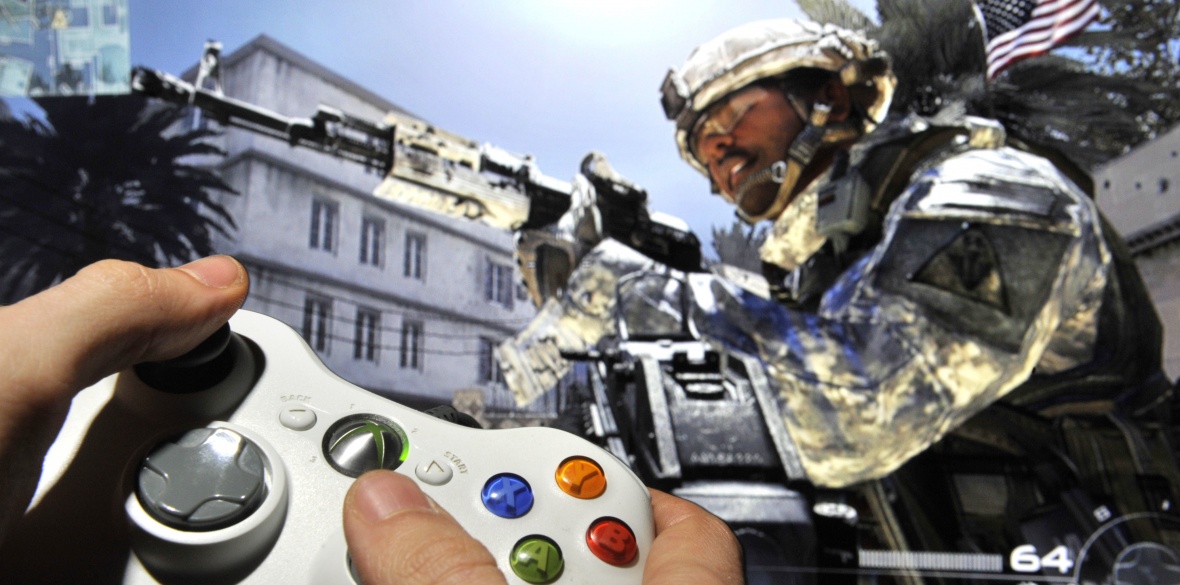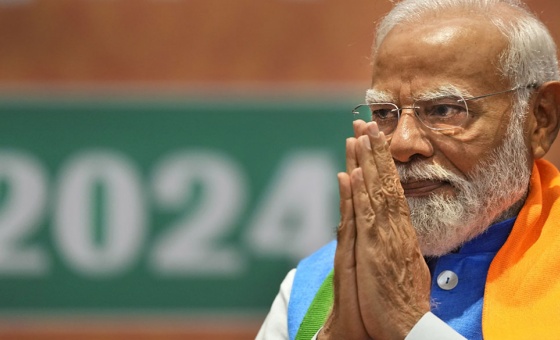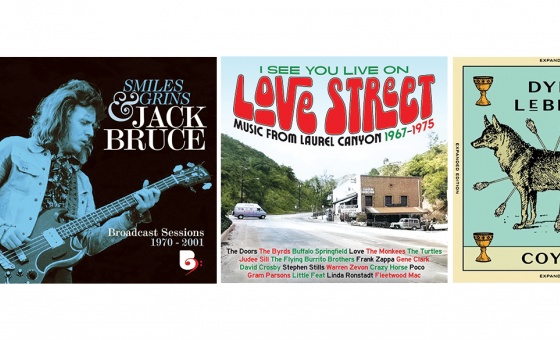This is the last article you can read this month
You can read more article this month
You can read more articles this month
Sorry your limit is up for this month
Reset on:
Please help support the Morning Star by subscribing here
WHEN I was first elected as a trade union general secretary in the 1980s, our national means of communications were a Gestetner machine and Lettraset.
I was forever messing up the stencils with mistakes on the manual typewriter and splattered with ink.
The trade union movement itself was established long before WhatsApp and Zoom, phones, trains and even bicycles.
Workers gave their lives to dig Britain’s canals, tunnels, railways and roads, and to create safe ships and safety features to make sure they are not overloaded with cargo. Thousands died building industries and mines.
Like every country, Britain was built on hard physical, manual labour.
Songs bound villages and communities together, and their oral transmission engaged people in face-to-face exchange, also built around a strongly literate culture of political pamphlets and books.
We shouldn’t forget that the mass virtual interconnectedness of our global communications through the wizardry of the worldwide web was given free of charge to the whole world by Tim Berners-Lee.
The US, with its mighty Silicon Valley and various planet-spanning social media platforms which we are all now using more than ever before, capitalised on the freely given inventions of others very considerably.
They are experts at skimming off profits in online advertising and of course developing advanced algorithms for marketing purposes.
Others who made a mint were merchants like Amazon — but the bankers excelled. They exploited the technology to its full to spin a coin and create billionaires in nanosecond speculative transactions. They accumulate fractions of cents over trillions of transactions. Every penny counts.
Gambling with the money which embodied the wealth created by workers making things, transporting things, exchanging things, earning a living and looking after each other, putting roofs over our heads and food on the table, created the speeded-up culture of making the fastest buck possible.
Long-term investment in infrastructure and industry was too costly, slow and ponderous for the finance markets obsessed by the momentary deal and accelerated by globalised, instant communications.
Short-termism means you reject long-term projects like building health services or productive technologies or even running the whole country.
It’s similar in the communicative technologies of the virtual world. In the media world the soundbite replaces thought and debate.
In social media the emoticon can replace conversation. Text speak and Twitter feeds can be a poor substitute for reasoned argument and the essential to and fro of proper debate.
At a time when so many are reliant on the virtual exchanges and benefits of video conferencing, we should reflect on the virtues of face-to-face engagement now denied us.
There is definitely something more rounded and communicative about it — it includes so many nuances of body language and facial expression, inflections of meaning in tone and style of voice. Face-to-face engagement is essential.
With great irony, social distancing and self-isolation have enabled us to bring the best out of the new technologies and find new ways of communicating: the inventiveness has been endless — Zoom choir practice sessions, union conferences and voting entirely online, staff teams across the economy meeting regularly by WhatsApp.
The dark side of the US dominance of the virtual world has been exposed by many good US observers.
The social media gaming industry, largely US-led, is now a bigger money-spinner than all the other media and entertainments industries put together.
And who helps design many of these games? The Pentagon.
They sit down with the “geeks” and games manufacturers to ensure that games convey the right message.
Many of the games glorify violence and — subliminally and not so subliminally — US imperialism.
The US’s gun and violence culture, evident in practically every TV series, action movie, and kids’ war game, infuses the world of many young people with the gun-wielding, individualistic, aggressive hostile environment of street gangs and shock troops. They normalise the right to dominate others with the gun.
It is surely no accident that the US is tragically home to the most appalling mass killings, often by young people and deranged adults who have spent more than their fair share of time glued to violent games.
In response to these all too regular killings, the debate centres around gun laws. It should start focusing on the distorted ethics of killing that dominate most of the games sold to our kids.
What about a game about scientists, health workers and care workers battling against coronavirus, instead of the bazooka-toting GI blasting another human being to pieces?










